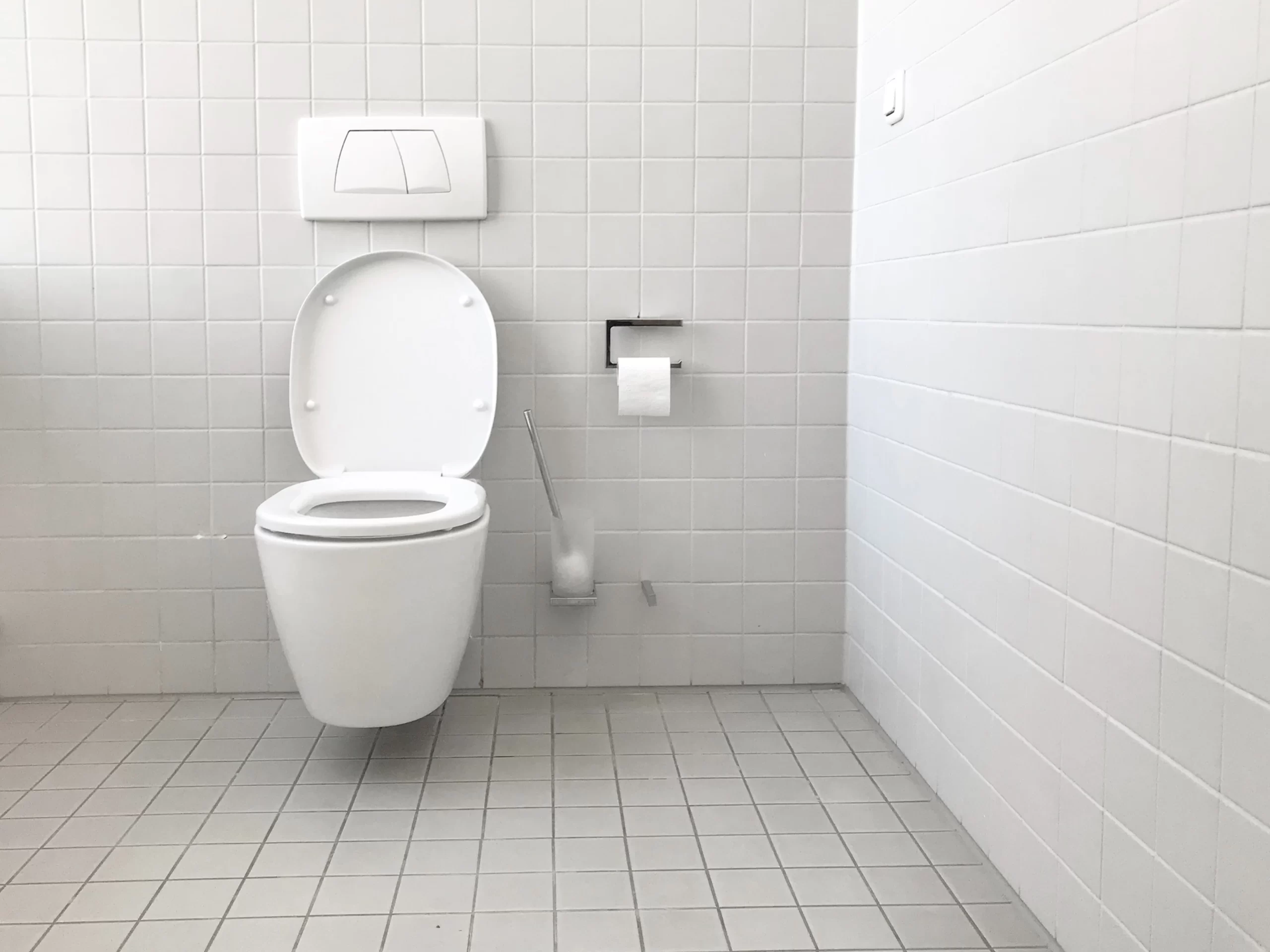Urinary incontinence — the loss of bladder control — is a common and often embarrassing problem. The severity ranges from occasionally leaking urine when you cough, sneeze, run or jump to having an urge to urinate that is so sudden and strong you don’t get to the toilet in time.
Although it is occurs more often as people age and in women who have given birth, urinary incontinence isn’t an inevitable consequence of aging or of having had kids.
If urinary incontinence affects your daily activities, seeing a Pelvic Floor Physiotherapist can certainly help. Fortunately, for most people simple lifestyle changes and specific pelvic floor activation/relaxation exercises and bladder training can ease discomfort or even stop urinary incontinence.
Read on to learn about the symptoms of urinary incontinence and how you can effectively retrain your bladder to ease these unwelcome and discerning symptoms.

SYMPTOMS
Many people experience occasional, minor leaks of urine. Others may lose small to moderate amounts of urine more frequently. There are 4 main types of urinary incontinence;
- Stress incontinence. This occurs when urine leaks when you exert pressure on your bladder by coughing, sneezing, laughing, exercising or lifting something heavy.
- Urge incontinence. This occurs when you have a sudden and intense urge to urinate followed by an involuntary loss of urine. It may also cause you to feel the urge to urinate more frequently.
- Overflow incontinence. This occurs if you experience frequent or constant dribbling of urine due to a bladder that doesn’t empty completely.
- Mixed incontinence. This occurs if you experience more than one type of urinary incontinence. For example, you can suffer from both stress and urge incontinence at the same time.
Bladder Training
Whether you are currently suffering from mild-severe symptoms of urinary incontinence, or not currently experiencing any symptoms at all, you may be unintentionally teaching your bladder bad habits that can gradually result in incontinence or increased urinary frequency/urgency.
For example, if you have a habit of urinating before your bladder is full we call these ” just in case pees”. Your bladder learns to signal the need to go when less volume of urine is present. Thus starting a vicious cycle, as you respond to the new urges and teach your bladder it’s full when less urine is present.
Fortunately, according to Harvard Health, “…old bladders can learn new tricks. Bladder training, a program of urinating on schedule, enables you to gradually increase the amount of urine you can comfortably hold”. Harvard Health also states that bladder training is a support treatment for both urinary frequency and overactive bladders in both men and women, alone or in combination with medications or other techniques.

Harvard Health recommends the following step by step guide to retraining your bladder
- Keep track. For a day or two, keep track of the times you urinate or leak urine during the day, how much fluid you are taking in and how long your urinations are (count in “mississippis”).
- Calculate. On average, how many hours do you wait between urinations during the day?
- Choose an interval. Based on your typical interval between urinations, select a starting interval for training that is 15-30 minutes longer. If your typical interval is one hour, make your starting interval one hour and 15 minutes.
- Hold back. When you start training, empty your bladder first thing in the morning and not again until the interval you’ve set. If the urge hits first, remind yourself that your bladder isn’t really full, and use techniques to delay going. Try gently contracting and relaxing your pelvic floor 10x, sit down and perform 10 deep breaths, distract yourself with another activity.
- Increase your interval. Once you are comfortable with your set interval, increase it by 15-30 minutes. Over several weeks or months, you may find you are able to wait much longer and that you experience far fewer feelings of urgency or episodes of urge incontinence
Another tried and true tip from a pelvic floor physiotherapist:
If you suffer from stress incontinence, leaking when you cough sneeze, laugh run or jump, practicing and re-training your “knack reflex” can be highly effective. Read more about the “knack reflex” and how to practice here.
A reminder that the contributing factors to urinary incontinence can vary person to person and a individualized assessment and treatment plan from a pelvic floor physiotherapist is recommended.

